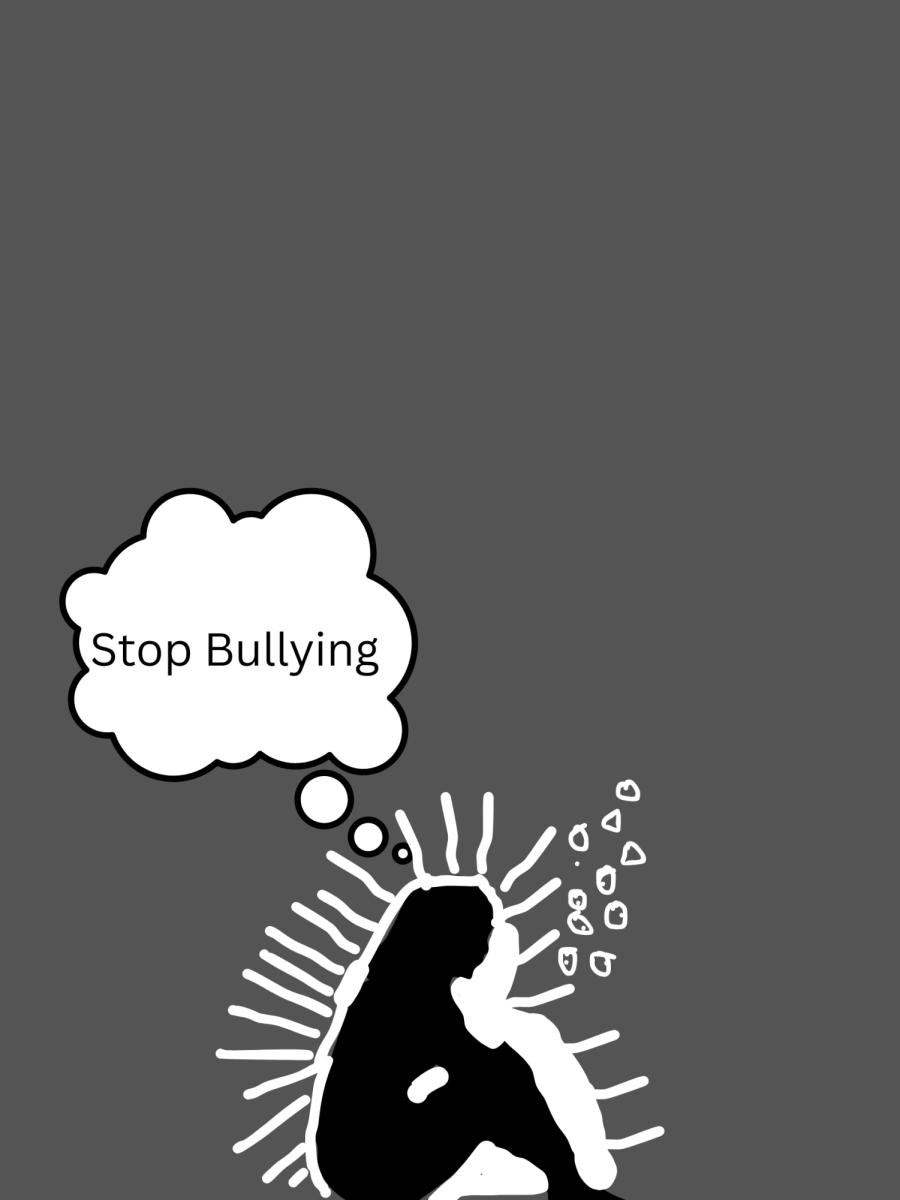The psychological give-away of a liar
Sisters telling stories about their day. One has her arms crossed and is judging the truthfulness of the story by observing her sister’s posture and movements.
October 2, 2018
Cultures from all around the globe have differing social norms. As stated by AP Teacher Mrs. Hanks, in Japan, when talking to a respected superior, you bow your head, never look them in the eyes and hiss in agreement with them. In India, finishing your entire plate and not leaving bits of food on your plate is could be seen as insulting to your host. One commonality all people share, however, is that we all lie.
Lying is a habit persons all share and practice regularly, but the question remains: How do you detect a lier? There are several indications of deception and stress on the body, but remember to notice the context of their gestures and establish a baseline for the accused liar.
A person’s baseline is how they act on a regular basis, without outside sudden stress. For instance, a friend may always smile, whether it be at you or a stranger, but when they see a certain figure they frown and turn away. That would be differing from their baseline.
What are the details of a liar?
As Susan Whitbourne Ph.D. in her article, ‘9 Ways to Tell Who’s Lying to You,’ in PsychologyToday puts it, “[Liars] leave out sensory details, make spontaneous corrections [in their stories], keep it short and vague, seem to be thinking too hard, is nervous, tense, fidgety, and [they] talk with unusual hesitation.”
Liars have to keep their stories linear, but humans are not as equipped to help them in this endeavor as many think. Lying stresses our bodies, causing it to preserve itself with many different techniques. Calming gestures are a commonality that includes rubbing of the neck, sitting and rubbing the legs, and fidgeting with the individuals necklace.
Along with Calming comes Blocking. According to The Definitive Book of Body Language, Blocking gestures occur when the individual physically tries to block or cover up the stressor. Excessive blinking, longer times with eyes closed, turning away, placing something between them and the stressor (i.e. books or an arm), and avoiding eye contact.
Even though they might not show it at first, usually Liars become very anxious. According to What Everybody is Saying, people respond to anxiety in this type of situations in many different ways such as: taking faster, overcompensating, and/or trying to change the subject. They could also do the opposite like saying as little as possible, giving short answers, and/or give complex answers to try to confuse you. Usually, they either try to talk fast or talk with more caution, one or the other, not both.
They also desire to be seen as honest as possible. According to ChangingMinds.org’s article, Detecting Lies, pushing their sense of honesty is common, but they could also offer information without being asked, reject entire statements with only one wrong statement, and avoiding direct lies. They may also try to look as small and as childlike as they can to make them look like the victim or unable to tell a lie. They could this by having wide, open eyes with raised eyebrows, expressing their speech more carefully with more mouth movement, eyebrows in middle of face and pout, and looking like they might cry (or upset at other accusations).
No one wants to be lied to, but we do it almost every time we speak. Being able to understand and recognize how someone lies will help throughout life. If you want to learn more, great book resources are The Definitive Book of Body Language, What Everybody is Saying, and Spy the Lie: Former CIA Officers Teach You How to Detect Deception.





